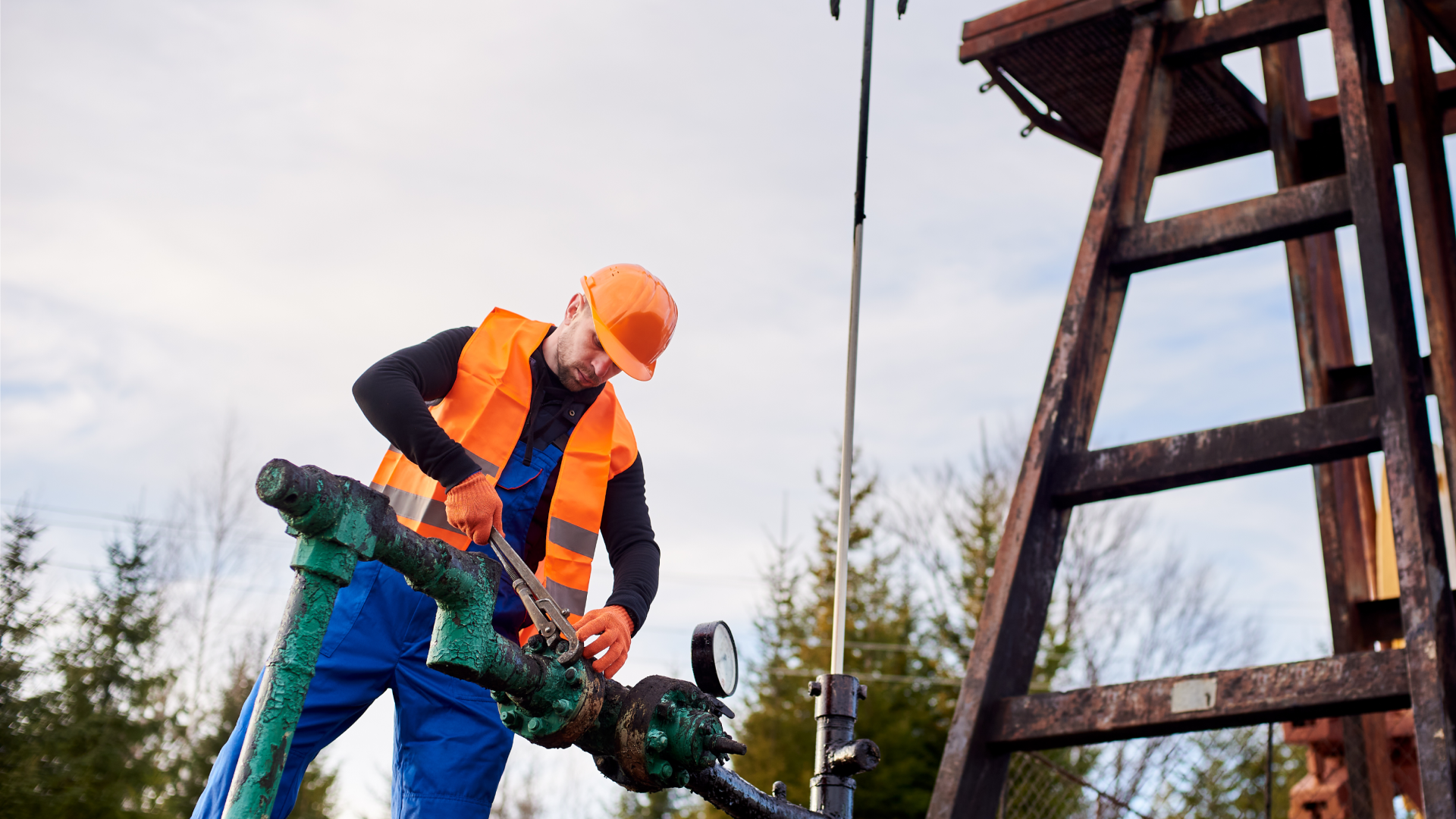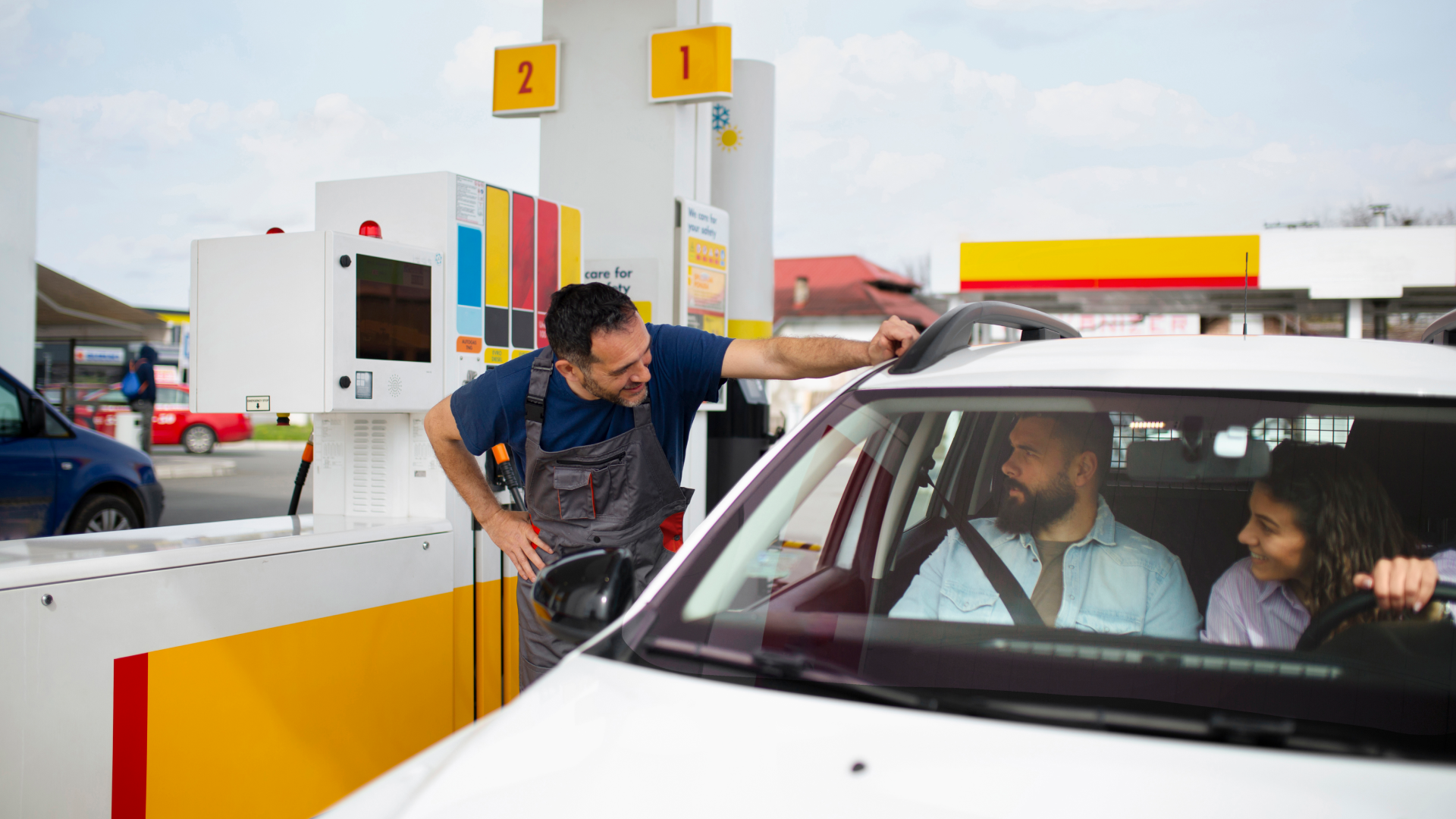Essential facilities for building a gas station
To ensure legal compliance and the safe operation of the establishment, it is crucial to pay attention to several essential facilities when building a fuel station. Legal requirements and safety standards play critical roles in this process. Additionally, the types of storage tanks and supply systems are vital in the construction of a gas station.
Requirements for gas stations
Building a fuel station requires careful consideration of legal requirements and safety standards. These elements play a fundamental role in ensuring the gas station’s compliance and the safe operation of the establishment.
Legal requirements and safety standards
To ensure the gas station complies with applicable laws and regulations, legal requirements are essential. Additionally, to guarantee the safe operation of the fuel station and protect both workers and the environment, it is crucial to strictly follow safety standards.
Licensing procedures for building a gas station
Before starting the construction of a gas station, it is crucial to obtain all necessary licenses and permits. This involves obtaining the required permissions from local and national authorities, ensuring that all steps comply with applicable regulations. Therefore, licensing procedures are indispensable steps for building the gas station.
Types of storage tanks
Storage tanks play a crucial role in the operation of a gas station, ensuring the safe and efficient storage of fuel, making it available to customers when needed. Moreover, there are two main types of storage tanks used in gas stations: underground tanks and above-ground tanks.
Underground tanks
Underground tanks are a common choice for storing fuel in gas stations, providing significant advantages in terms of safety and space usage. Being installed below the surface, these tanks minimize risks associated with fuel storage and optimize the available space on the site.
Above-ground tanks
On the other hand, above-ground tanks are also a viable option for storing fuel. While they have specific requirements in terms of safety and maintenance, they offer the advantage of easier accessibility for regular inspections and maintenance. Additionally, the visibility of these tanks facilitates early detection of any potential issues, contributing to the safe operation of the gas station.
Essential supply systems for building a gas station
When building a gas station, supply systems play a crucial role in the efficient operation of the establishment. Two essential components of these systems are fuel pumps and fuel meters.
Pumps and meters
Fuel pumps draw fuel from the storage tanks and deliver it to customers’ vehicles, while fuel meters ensure the accuracy of the dispensed volume, ensuring customers receive the correct amount of fuel. Therefore, it is essential to regularly calibrate these components to ensure measurement accuracy and safety during refueling.
Leak containment systems
Leak containment systems are required to prevent environmental damage from potential fuel leaks or spills. They must be installed and maintained in accordance with applicable regulations, ensuring any leaks are properly contained to protect the surrounding environment. These systems play a crucial role in preventing soil and groundwater contamination, contributing to the safe and environmentally responsible operation of the gas station.
Licensing procedures and safety standards for building a gas station
When building a gas station, licensing procedures play a crucial role in ensuring the legal compliance of the establishment. The licensing process may vary depending on the location and specific industry regulations. It is essential to strictly follow all licensing procedures to ensure the gas station complies with applicable laws and regulations.
Safety standards cover everything from the installation phase to the daily operation of the gas station. They are designed to protect both workers and the surrounding environment. Strict compliance with safety standards is fundamental to ensuring a safe working environment and preventing negative impacts on the ecosystem around the station.
These two aspects, licensing procedures and safety standards, are fundamental to ensuring that the gas station operates within legal parameters and with a total commitment to safety.
Drainage design and environmental measures
Drainage systems
When building a gas station, drainage design is crucial to prevent soil and groundwater contamination. We must carefully plan and execute the drainage system in compliance with environmental regulations. This ensures proper collection and treatment of any liquid waste, including rainwater and potential fuel leaks, thus avoiding negative impacts on the surrounding environment.
Environmental measures
Besides the drainage system, other environmental measures must be considered during the construction of the gas station. This includes implementing pollution prevention practices, such as proper waste management and adopting technologies that minimize environmental impacts. Proper waste management during the station’s operation is also fundamental to ensuring compliance with environmental standards and preserving the integrity of the local ecosystem.
Ensuring compliance with essential facilities for building a gas station
Understanding essential facilities is crucial to ensuring the legal compliance and safe operation of a gas station. Legal requirements, types of tanks, supply systems, and environmental measures must be carefully considered when building a fuel station. By following the appropriate guidelines, it is possible to build and operate a gas station safely and effectively.
Do you want to make a difference and ensure the success of your gas station? Count on the support of the only business group exclusively dedicated to the fuel station sector in Brazil, with over 25 years of expertise and offering personalized consultancy. Contact us for more information!
With Petrol Group, you have everything for your fuel station in one place!


